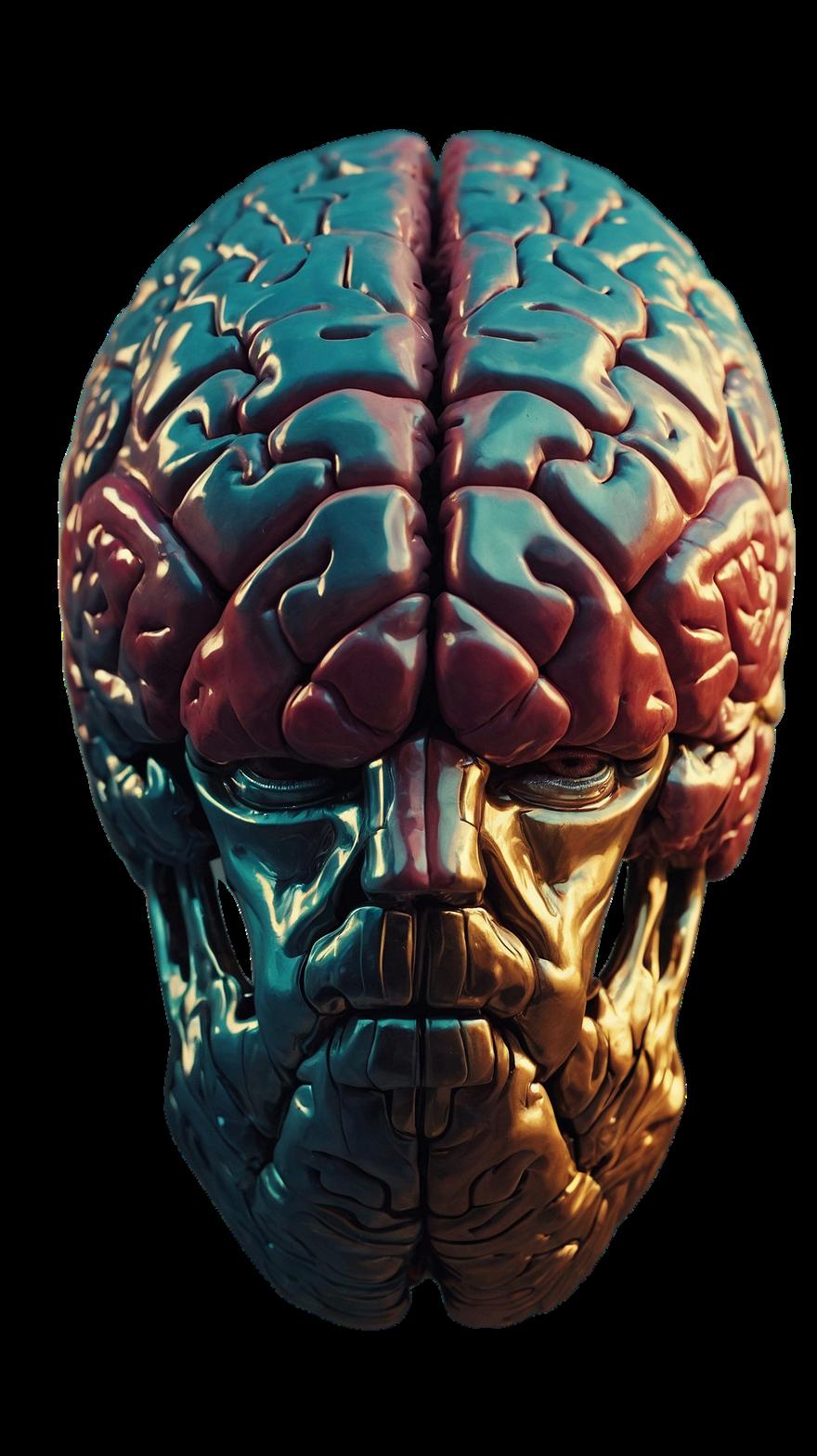Pain




Welcome to Creative Healing for Youth in Pain (CHYP)! This guide will help you understand how your brain and body are connected when it nerves send signals to your brain, which then decides, Yep, that hurts."
The Pain Cycle: How It Becomes a Thing How Does Pain Stick Around?
1. Initial Injury: Pain starts because of an injury or illness.
2. Nerve Sensitization: Nerves get super sensitive and make pain feel worse.
3. Central Sensitization: Your spinal cord and brain get really good at sending pain signals.
4. Pain Memory: Your brain remembers the pain, making it easier to feel pain again.
Why We Need to Look at the Big Picture

The Biopsychosocial Model: What’s That?
To really tackle chronic pain, it’s important to look at the whole picture. That’s where the biopsychosocial model comes in. It sounds super complicated, but it's a pretty easy concept, and lots of people tend to overlook it (including some doctors!) This model sees pain as not just a physical thing but as something influenced by your mind and the world around you. Here’s how it breaks down:
1. Biological: Things like nerve damage or inflammation.
2. Psychological: Stress, anxiety, and how you cope with stuff.
3. Social: Your friends, family, and how they support you.
That’s your sweet spot! It’s when you address all three parts

Neuroplasticity: The Brain’s Superpower
Neuroplasticity is a fancy way of saying your brain can change and form new connections. This means you can teach your brain to feel less pain by creating new pathways that don’t involve pain.


Rewiring Your Brain: Yes, You Can Do This!
Unsticking the Sticky Neural Loop

Chronic pain can create a “sticky neural loop”where pain signals keep getting sent over and over. By doing creative activities, you can help your brain break this loop and focus on other things.
Cool Techniques for Rewiring Your Brain
1. Mindfulness & Meditation
*Focus on the present moment to reduce stress. Meditation can help calm your mind and change how you feel pain.
2. Get Creative
*Do things like drawing, playing music, writing, or anything creative you love.
*Creativity activates different parts of your brain, helping to rewire your “sticky neural loop.”
3. Move Your Body
*Gentle exercises like yoga or walking can help.
*Exercise releases endorphins, which are your body’s natural painkillers.
4. Change Your Thoughts
*There is power in positivity!
*Find new, healthy ways to cope.

Practical Tips for Managing Pain Make a Pain Plan: 1. Figure out what triggers your pain and find ways to avoid or handle them. Keep a journal to track what helps and what doesn’t. Live Healthy: 2. Eat well, stay hydrated, and get enough sleep. Avoid things like too much caffeine or too much junk food. Chill Out: 3.
Try deep breathing, muscle relaxation, or visualization techniques. Find activities that help you relax and do them regularly.
Resources and Support
CHYP Programs
Creative Healing Workshops: 1.
Watch our on-demand monthly workshops led by guest artists and instructors.
CHYP-Chats:2.
Jump into our monthly online chat sessions to meet others like you!
Virtual Summer Camp: 3.
Come to our summer camp to meet new friends, have fun, and participate in live creative healing experiences.
4. Navigating Pain Series
Sign up for a six-week self-paced informational series designed to help you learn about your chronic pain and how to cope. Each week, you’ll get videos and handouts delivered straight to your inbox.
Educational Stuff
Webinars and Articles: 1.
Check out our library for tons of info on managing chronic pain. Attend free webinars to learn more about specific pain related topics

Resources and Research: 2.
Visit our website to access recommended books, articles, videos as well as the latest research and proof that these methods work!
